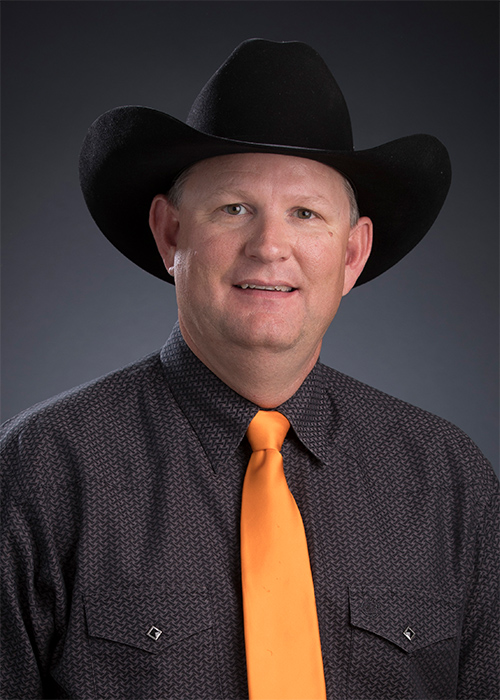
Bovine Sports Medicine — Keeping the Buck in the Bull
Friday, December 13, 2019
Animal athletes come in all shapes and sizes. Generations of selective breeding have produced genetic lines of animals that are deemed more suited to a specific athletic discipline. For example, some dogs are bred to hunt, while others are bred for agility; some horses are bred for racing, while others are bred to work with cows. The evolution of today’s bucking bull athlete is no different.
Traditionally, the bull riding event at a rodeo centered on the cowboy and how well he performed atop the bull. A high score usually meant a big payday for the cowboy but little, if any, credit or reward for the bull or his owner. Nowadays, competitive bucking bull events are a common occurrence with the bulls scored on their individual bucking ability rather than the performance of, or lack thereof, the cowboy riding them.
Since the early 1990s, and perhaps before, bucking bull breeders have aimed to produce animals that display superior athleticism. Bucking bulls are judged on their speed, power, front end drop, hind end kick, ability to change direction and body rolling. Those performing in today’s bull riding events are faster, stronger and more agile than bulls from years past. These athletes engage in swift, powerful movements that place unique strains on their bodies not ordinarily experienced by their non-athletic bovine counterparts; thus, these bulls can and do suffer performance-related injuries.
While the realm of veterinary medicine has not usually included the practice of “bovine sports medicine,” due to the popularity and growth of the sport of bull riding and competitive bucking bull events, many veterinarians find themselves providing, to some extent, just that. Additionally, the owner’s perceived value of these animal athletes often allows for much more thorough veterinary evaluations and treatments than for the many bulls used solely for production.
Sports-related injuries are common in competitive athletics, regardless of the species; however, the bucking bull presents some unique challenges in identifying, diagnosing and treating injury or disease. Their fractious and sometimes aggressive nature can limit the display of pain or lameness, making minor injuries impossible to detect until they become more severe. Specialized facilities with sturdy corrals and hydraulic squeeze chutes are also often required to safely examine, hospitalize, and treat bucking bulls.
The two most common areas of injury or disease in the bucking bull athlete involve the musculoskeletal system (approximately 70-75 percent) and the horns (approximately 10-15 percent). Disorders to the musculoskeletal system frequently occur in the back or hind limbs and include bone fractures, tendon or ligament strains and joint disease. These injuries are often sustained during performance or training. Horn disorders often occur outside of the performance arena either during husbandry, transport, handling or fighting with other bulls. Disorders of other body systems do occur but with much less frequency.
Regardless of the source, injury or disease in a bucking bull commonly results in a lower performance if the bull can perform all together. Veterinarians with knowledge and experience specific to the bucking bull are often called on to evaluate these athletes, correctly diagnose the injury and prescribe a treatment plan. Following treatment and rehabilitation, many of these athletes are able return to the arena, performing at or above their previous level.
The bucking bull is a unique animal athlete, and the practice of bovine sports medicine is becoming a reality for more and more veterinarians each year. Injuries to the musculoskeletal system and horns are common and may be very different from injuries sustained by the non-athletic bovine. The continuous popularity of the sport of rodeo and other competitive bucking bull events will likely call for more experienced, specialized veterinarians in the field of bovine sports medicine and rehabilitation. The OSU Veterinary Medical Hospital has many veterinarians who specialize in all areas of bovine medicine including internal medicine, surgery and sports medicine.
STORY BY: Dr. Mike J. Schoonover, DVM, MS, DACVS (LA), DACVSMR, an associate professor of equine surgery at Oklahoma State University College of Veterinary Medicine’s Veterinary Medical Teaching Hospital. He is a diplomate of both the American College of Veterinary Surgeons (Large Animal) and the American College of Veterinary Sports Medicine and Rehabilitation.
